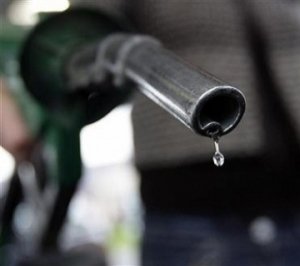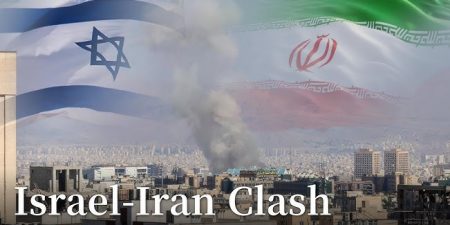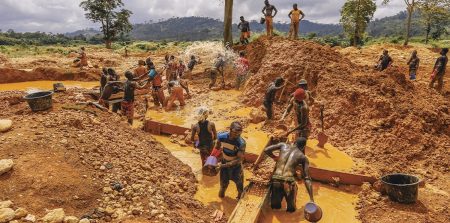
Oscarline Onwuemenyi
01 October 2015, Sweetcrude, Abuja – Vice-President Yemi Osinbajo on Tuesday announced that the federal government has plans to distribute 6,000 megawatts (MW) of electricity in the country by the first quarter of 2016, a marked shift from the December, 2015 deadline set by its agencies earlier.
The announcement brings to mind previous attempts by government to set electricity generation targets, an act which has been largely unsuccessful over the years.
Meanwhile, reports earlier this week showed the nation’s average electricity generation hovered at 4,098.31 megawatts.
Of the quantity generated, 4,008.53mw was sent out to meet demand while the balance was conserved to achieve system stability.
The Presidential Task Force on Power (PTFP) and other analysts expressed optimism that power supply will likely continue to improve in the coming months because of expected increase in gas supply.
When asked about the feasibility of the December 6,000MW generation and distribution target recently, the Chairman of the Nigerian Electricity Regulatory Commission, NERC, Dr. Sam Amadi said: “It is feasible depending on how quickly we can turn around the network of the distribution and transmission company.”
“I am worried about getting this milestone because of the preliminary report I have got from the committee. The deterioration of the Discos network is worse than we think.”
Amadi added that, “There is still massive load rejection even as we have solved the imbalance of energy problem. So, it means that there is something else. That something else is getting our attention.
“Maybe we get to succeed in this target. Don’t forget that this is my own ambitious target not a target set in MYTO for the market. Why am I setting this target? I will like us to crown the tenure on a high. We all like to succeed. It is miserable that we have for 16 years set a target of 6,000MW and never got it. I will be sad if we miss it. I will be very happy to have the
Commission finish its first tenure on 6,000MW. It is like breaking the jinx so that we can aim at 10,000 and 20,000MW.
“If we don’t get to 6,000MW under Buhari’s new paradigm of discipline and anti-corruption then how can we be sure of getting 10,000MW soon? We have to work hard,” Amadi explained.
The transmission network with its poor infrastructure had often been identified as the weakest link in the country’s electricity network.
However, NERC’s identification of the distribution weakness confirmed the slow pace of investments to upgrade the distribution network by operators.
Reports also revealed that the impact of the apparent slow pace investment on the distribution network is further compounded by the reluctance of some Distribution Companies (Discos) to take over the distribution assets built by the Niger Delta Power Holding Company (NDPHC) Plc under the National Integrated Power Projects (NIPPs).
Osinbajo’s new shift came in a statement by the Senior Special Assistant on Media and Publicity to the Vice-President, Laolu Akande, when he visited Kaleta in the Republic of Guinea, at the inauguration of a 240 MW hydro-power plant.
The event, at which Osinbajo represented President Muhammadu Buhari, was part of the activities marking Guinea’s 57th Independence anniversary taking place on October 2.
The vice-president commended the vision of the Guinean president, Alpha Conde, noting that the inauguration of the power plant was a “monumental accomplishment” in a short time.
“It shows what can be done with commitment and vision,” he noted.
The 240 MW hydro-power plant in Kaleta was built to serve mainly the people of Conakry, the nation’s capital.



